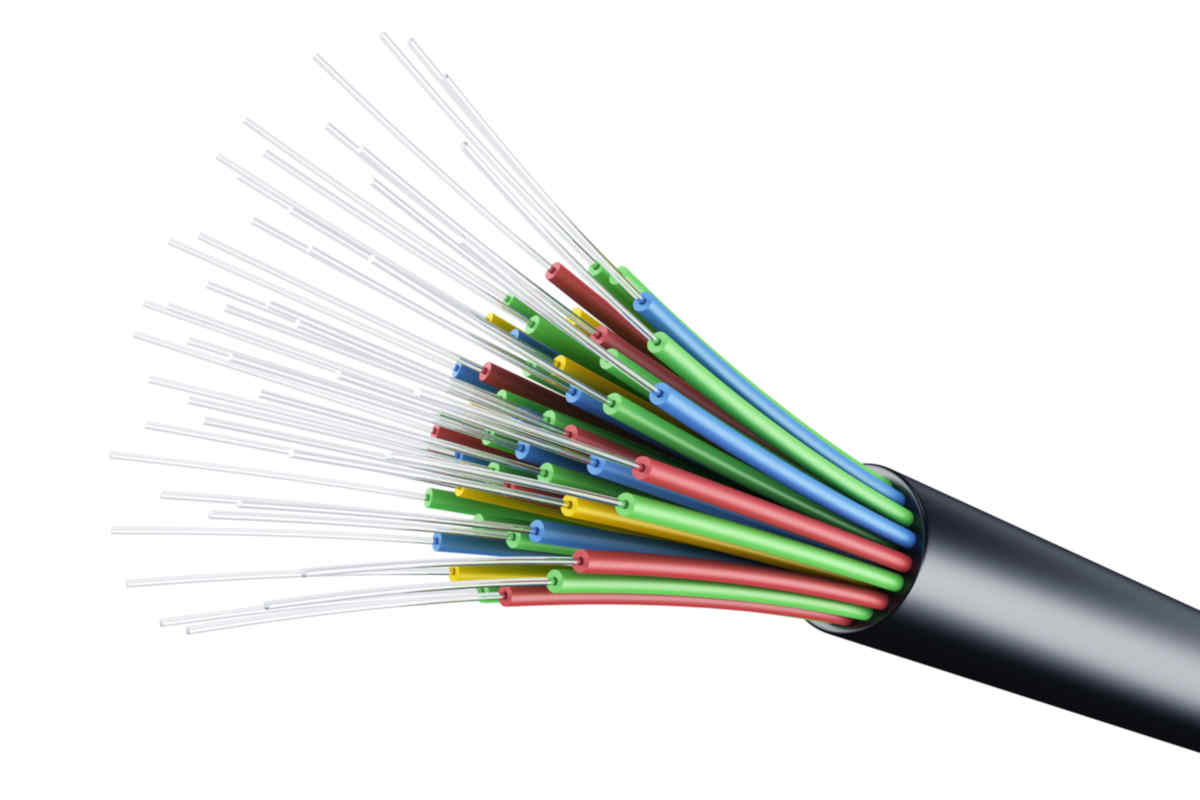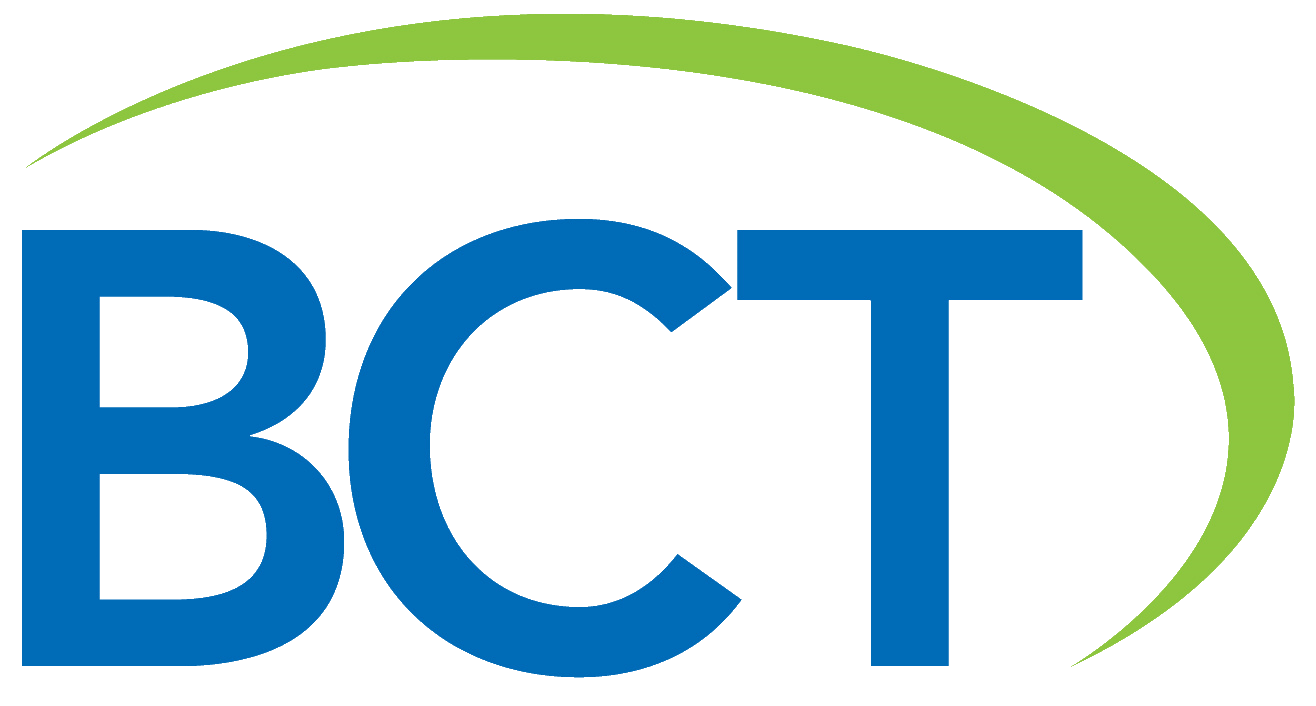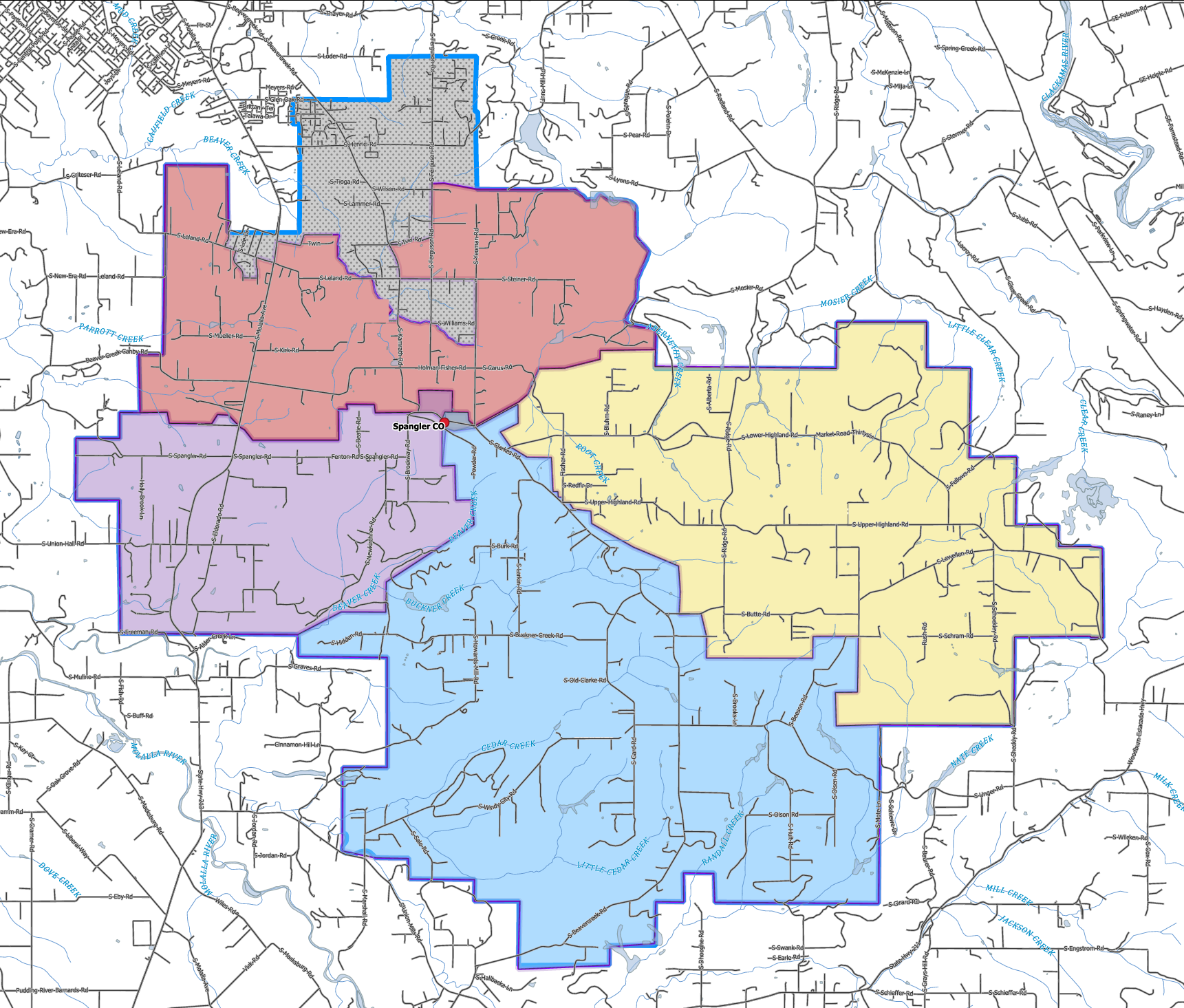Fiber Projects
This map shows the current planned projects for expanding our fiber footprint. As with any project, these plans are using the best available data but are subject to change due to unforeseen factors.
Map Key
Why Fiber?
Fiber optic technology is the fastest and most reliable telecommunications data delivery system available.
It uses ultra-thin glass strands to send online data between devices with beams of light, resulting in quick download and upload times for crystal-clear video calls, lag-free gaming, seamless file transfers, and smooth video streaming.
While other providers may advertise their fiber network, they don't always tell the whole story. Their network may use a combination of fiber lines from their central office to a neighborhood distribution point which then uses the same old coaxial cables to get the signal to customer homes. Often, these cable connections are split between multiple addresses which can result in slower speeds as it is not a dedicated fiber connection right to the individual subscriber.

Frequently Asked Fiber Optic Questions
Q: What is fiber optic internet?
A: Fiber optic cables are made of flexible glass and are used in the world’s most advanced communications networks. Fiber strands are tinner than human hair but can transmit virtually unlimited amounts of data faster than the old-fashioned coaxial cable network, satellite, and even the most advanced 5G and LTE wireless networks.
Q: Why is BCT upgrading the network in my area?
A: BCT intends to invest millions of dollars to upgrade our network infrastructure to remain aligned with member and business demand for advanced communications and entertainment services. Fiber optics are immune to the sources of interference and signal degradation that copper networks, like traditional coaxial cables, routinely experience. Fiber is also far more reliable than copper and wireless networks. Most importantly, fiber is the only network technology that can meet the explosive growth in consumer and business demand for greater broadband speeds and services that require more and more bandwidth.
Q: Are there other advantages to having a connection to a fiber optic network, other than reliable high-speed internet?
A: Yes! A recent study by the Fiber Broadband Association and The Brattle Group shows that homes with a dedicated fiber connection can see up to a 14% increase in value compared to those without fiber. For rental properties, data also shows that having fiber optic connectivity significantly increases occupancy rate and reduces renter-churn. Fiber also drives growth in home-based businesses, according to recent studies.
Q: Will I be required to convert to fiber?
A: When the construction team is ready to connect your home or business to our fiber optic network, we will need to replace the current network connection equipment and facilities that run to your home or business. In some cases, we may need to update some or all of the wiring inside your home or business as well. We will work with you to determine exactly what is required for your home or business, and we’ll schedule a time to complete the work that’s convenient to you.
Q: What is the status of the BCT fiber build?
A: We’re beyond thrilled to get shovels in the ground and start connecting our members and neighbors to fiber. Currently, the project is being held up by required environmental studies. The scope of this initial project covers roughly 85% of the BCT territory, so there is a lot of territory to review. We continue to push our contractors and government officials to speed this along as best we can, but the construction cannot start until the review process is complete.
Q: When will the fiber build begin?
A: As soon as the environmental studies are completed.



